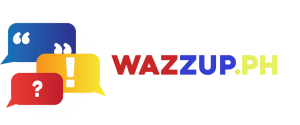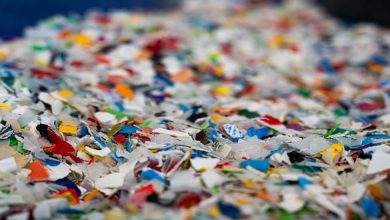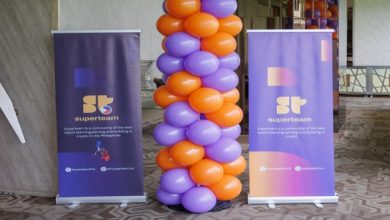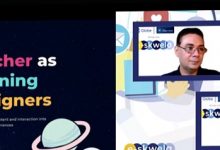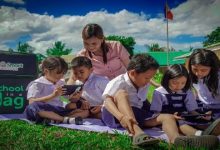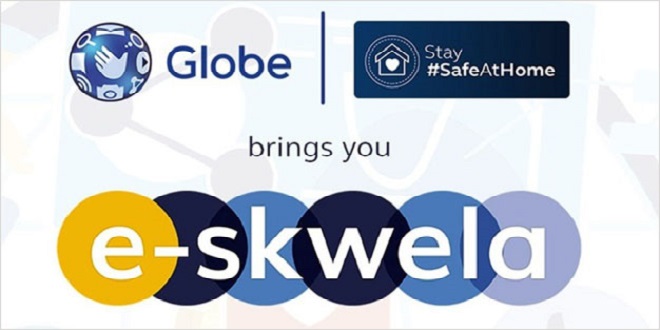
Seeing as e-Learning is now becoming an integral component of the new normal in education, Globe myBusiness dedicated its fourth E-skwela webinar episode towards an in-depth discussion on the applications of digital instructional tools in online learning.

The webinar aimed to teach teachers and equip learning institutions with the simplest strategies and innovations in optimizing online learning to make sure education continuity within the next few years. Globe Education Industry Lead Mark Arthur Payumo Abalos also joined within the discussion as a moderator.

Creating a flexible online learning environment
During unpredictable times, a learning arrangement that offers flexibility in the ways students can learn is becoming more essential.
To create such an environment and provide learning opportunities, Fabellon recommends that instructors first consider the different realities in remote learning set-ups such as families with no internet connection, learners with limited learning devices, and students with varying learning styles. From this, teachers can then create an effective online learning environment using different digital learning instructions and by integrating online and offline materials to address challenges, support a wide range of learners, and ensure learning goals are achieved.
According to Diola, it is important to have a learning management system that can document, track, report, and deliver educational courses or learning and development programs to mobilize online distance learning.
In her case, she specifically uses Google Classroom to make teaching productive, collaborative, and meaningful to her students. Among elementary learners, the use of easier to navigate learning tools such as google docs can be used.
Learning playlists as a strategy for online learning
One strategy that leverages flexibility to adapt to student’s learning preferences is the use of a learning playlist—a learning syllabus or series of learning instructions designed by the teacher that can be facilitated by a learning management system or by a simple survey form.
Fabellon explains that learning playlists can facilitate remote learning by addressing students’ needs based on how you design it with multimedia or varied instructions.
Learning playlists can also be answered in school or at home, through a learning device, or by printing the materials. The modality behind learning playlists is that different methods can lead to the same level of acquisition of knowledge.
Creating content for flexible online learning
As for creating online learning content, Go demonstrated the ease of making materials through the use of Google slides, integrated with other tools such as SlidesCarnival, Unsplash, and The Noun Project.
In creating instructional materials for online learning, she recommends the TPACK model, which involves the balance of technology, content, and pedagogy.
According to Go, the pandemic is forcing institutions to change how teachers teach and students learn, but the fundamentals of learning have not changed. “There is nothing impossible with online learning, it’s how we design our lessons and how we understand what fits our student’s needs best.”
“A key idea to take note of in the shift towards distance or remote learning is to empower students to own their learning through voice and choice,” says Diola. “It is about creating an environment where students want to learn, and where they can work and learn at their own pace.”

For more information about Globe E-skwela online learning sessions and other activities by Globe myBusiness, visitwww.facebook.com/globemybusiness.
